Why This Course Was Created:
Hypertension is a prevalent chronic condition worldwide. If left unmanaged for extended periods, it may result in severe complications such as cardiovascular disease, stroke, and kidney failure. In the United States, an increasing number of individuals are exploring non-drug interventions for blood pressure management, with traditional Chinese medicine (TCM) gaining recognition for its unique balancing approach and relatively mild side effects.
Tai Chi Pestle Needle acupoint massage is an ancient TCM practice that focuses on stimulating specific acupoints to promote the circulation of qi and blood, ease stress, and naturally lower blood pressure. This course is designed to teach participants how to effectively and safely apply Tai Chi Pestle Needle tools for acupoint massage to aid in managing hypertension.
Although the term "needle" is included in its name, Tai Chi Pestle Needle Therapy differs significantly from conventional acupuncture. Unlike acupuncture, it does not involve inserting needles into the skin or muscles, making it a pain-free technique. Additionally, since the skin remains intact, there is no risk of cross-infection. This method effectively integrates the principles of acupuncture and massage.
The therapy is straightforward, requiring only a few tools and targeting select acupoints. Its simplicity makes it highly adaptable, suitable for home use, and easy to learn. With some basic training, individuals can incorporate Pestle Needle techniques into their daily health routine.
Who Can Benefit from This Course?
- Individuals with hypertension
- Healthcare professionals
- TCM practitioners and enthusiasts
- Wellness coaches and therapists
- Family members and caregivers
- Massage therapists
- Those seeking alternative therapies for blood pressure management
The Course Content includes:
- Section 1: Baihui (DU20) Acupoint – Role in alleviating hypertension, acupoint location method, and practical acupoint massage
· Section 2: Fengchi (GB20) Acupoint – Role in alleviating hypertension, acupoint location method, and practical acupoint massage
· Section 3: Hegu (LI4) Acupoint – Role in alleviating hypertension, acupoint location method, and practical acupoint massage
· Section 4: Sanyinjiao (SP6) Acupoint – Role in alleviating hypertension, acupoint location method, and practical acupoint massage
· Section 5: Quchi (LI11) Acupoint – Role in alleviating hypertension, acupoint location method, and practical acupoint massage
· Section 6: Yongquan (KI1) Acupoint – Role in alleviating hypertension, acupoint location method, and practical acupoint massage
· Section 7: Taichong (LR3) Acupoint – Role in alleviating hypertension, acupoint location method, and practical acupoint massage
Key Features of This Course:
- Easy-to-follow instructions and simple application
- Requires only 5-10 minutes of practice per day
- Tools crafted from durable solid copper for long-lasting use
- Painless therapy with no risk of cross-infection
- Suitable for all age groups, including seniors, women, and children
- Beginner-friendly and an excellent home healthcare practice
- Conducted by Master Shunling Xin, with English subtitles available
- Direct Q&A support through WhatsApp
- Certification awarded upon course completion
How to Access the Course:
This online course provides unlimited access, allowing learners to watch and revisit content at any time.
Two Ways to Watch:
- Upon successful purchase, an order confirmation email will be sent. Click "Go to My Courses Page," log in with your email and password, and access your course.
- Visit our website qctedu.com, navigate to "My Courses" in the menu, log in with your email and password, and start learning.
Important Reminders:
- Participants should consult their doctor before starting this course to ensure suitability for their condition.
- Individuals currently on antihypertensive medication should perform massage under medical supervision to avoid any interference with their prescribed treatment.
- The Pestle Needle tool should be applied gently; excessive force can lead to skin or muscle irritation.
- It is recommended to perform the massage in a quiet, clean, and comfortable environment to achieve optimal relaxation.
- Ensure hands and tools are clean before each session to minimize the risk of infection.
- When identifying acupoints, refer closely to diagrams to ensure accurate positioning.
- Improper acupoint massage may not yield desired effects and could result in discomfort.
- Each session should be limited to 3-5 minutes per acupoint, performed daily or every other day.
- Overextended massage sessions may lead to muscle fatigue, so adjust based on personal condition.
- If symptoms such as dizziness, palpitations, or discomfort arise during the massage, discontinue use immediately and seek professional advice.
- Mild soreness post-massage is normal, but if pain or swelling persists, stop using the technique and consult a healthcare provider.
- Regularly monitor blood pressure levels, keep records, and track progress.
- Massage serves as a complementary therapy and should not be considered a complete substitute for prescribed medications; it should be used alongside other treatment approaches.
Through this course, participants will gain the skills needed to apply Tai Chi Pestle Needle Therapy for acupoint massage, explore TCM methods for blood pressure regulation, and experience the potential benefits of this natural wellness practice. Our goal is to empower individuals with the knowledge to enhance their health management and achieve a better quality of life.
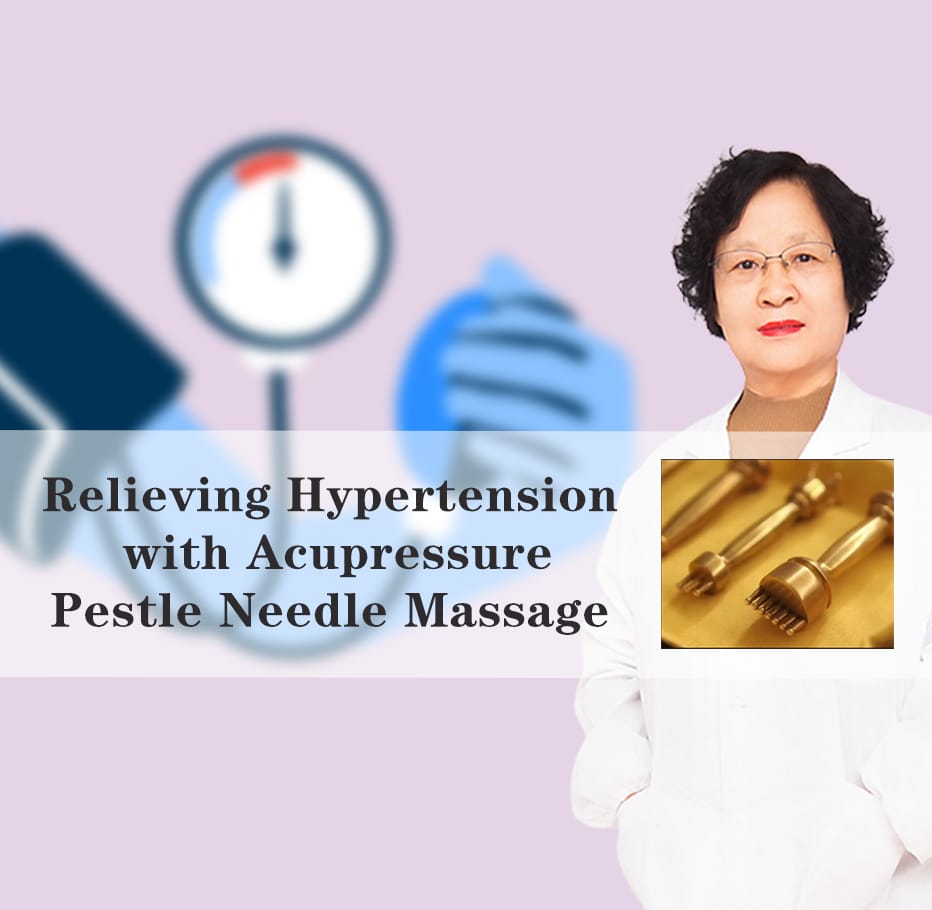
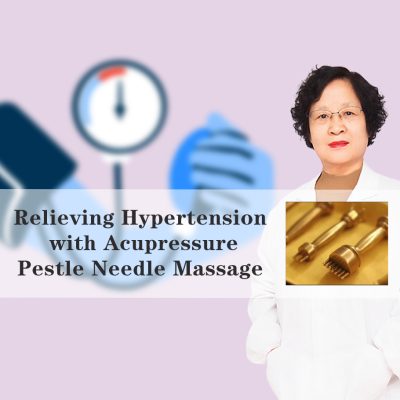

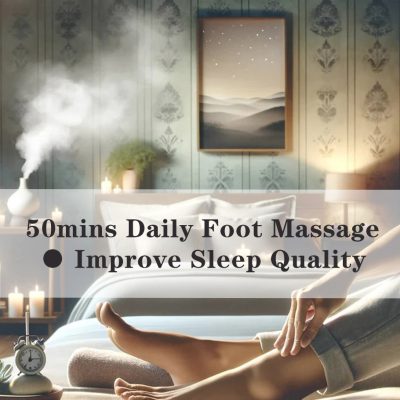
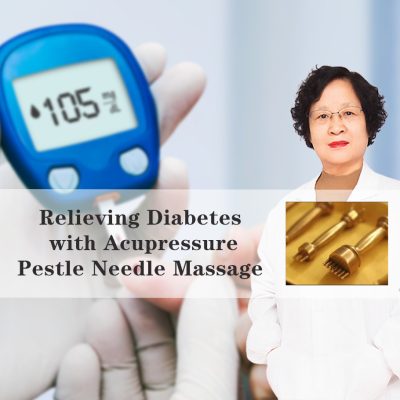
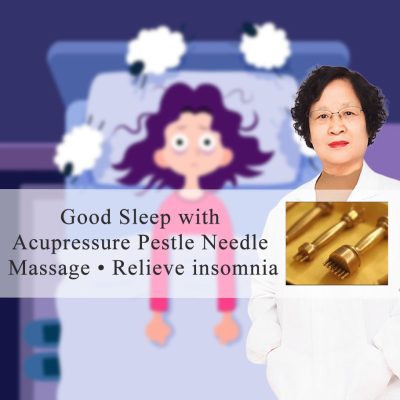

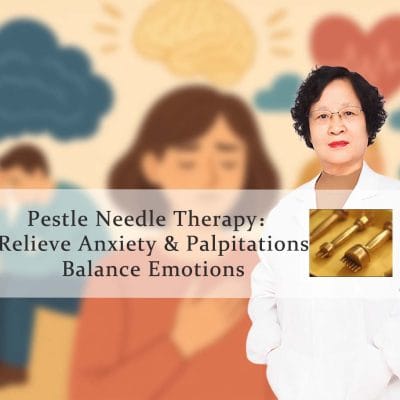


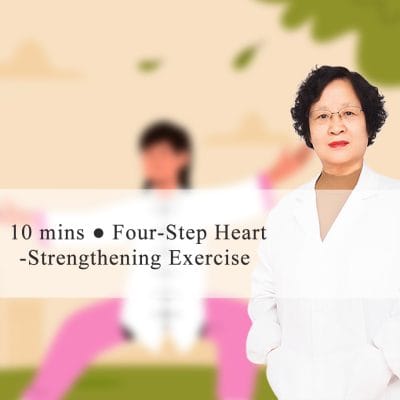
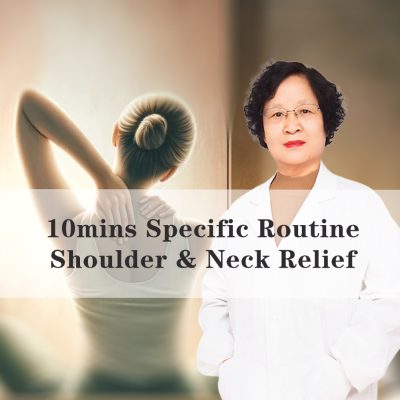
Reviews
There are no reviews yet.